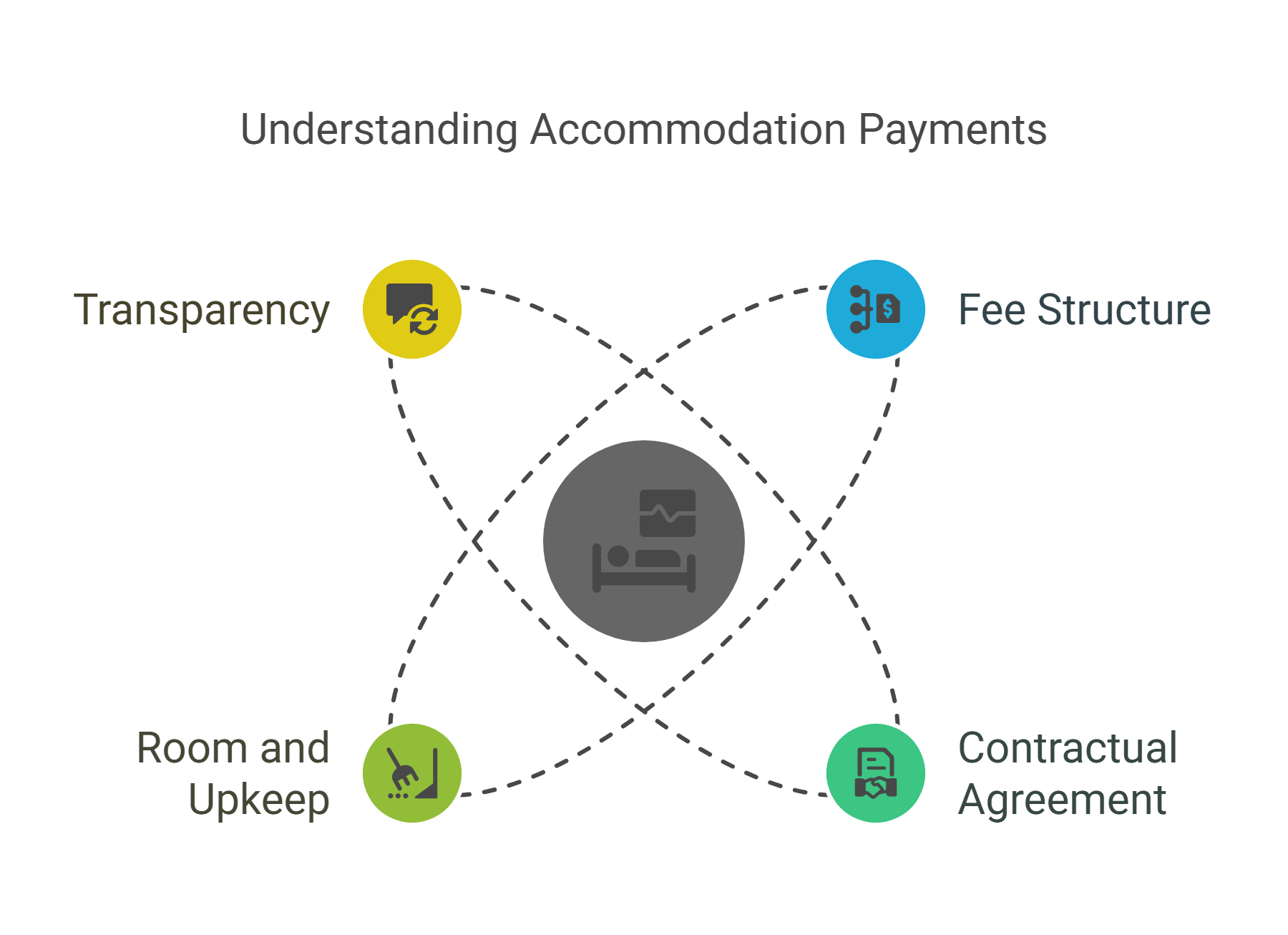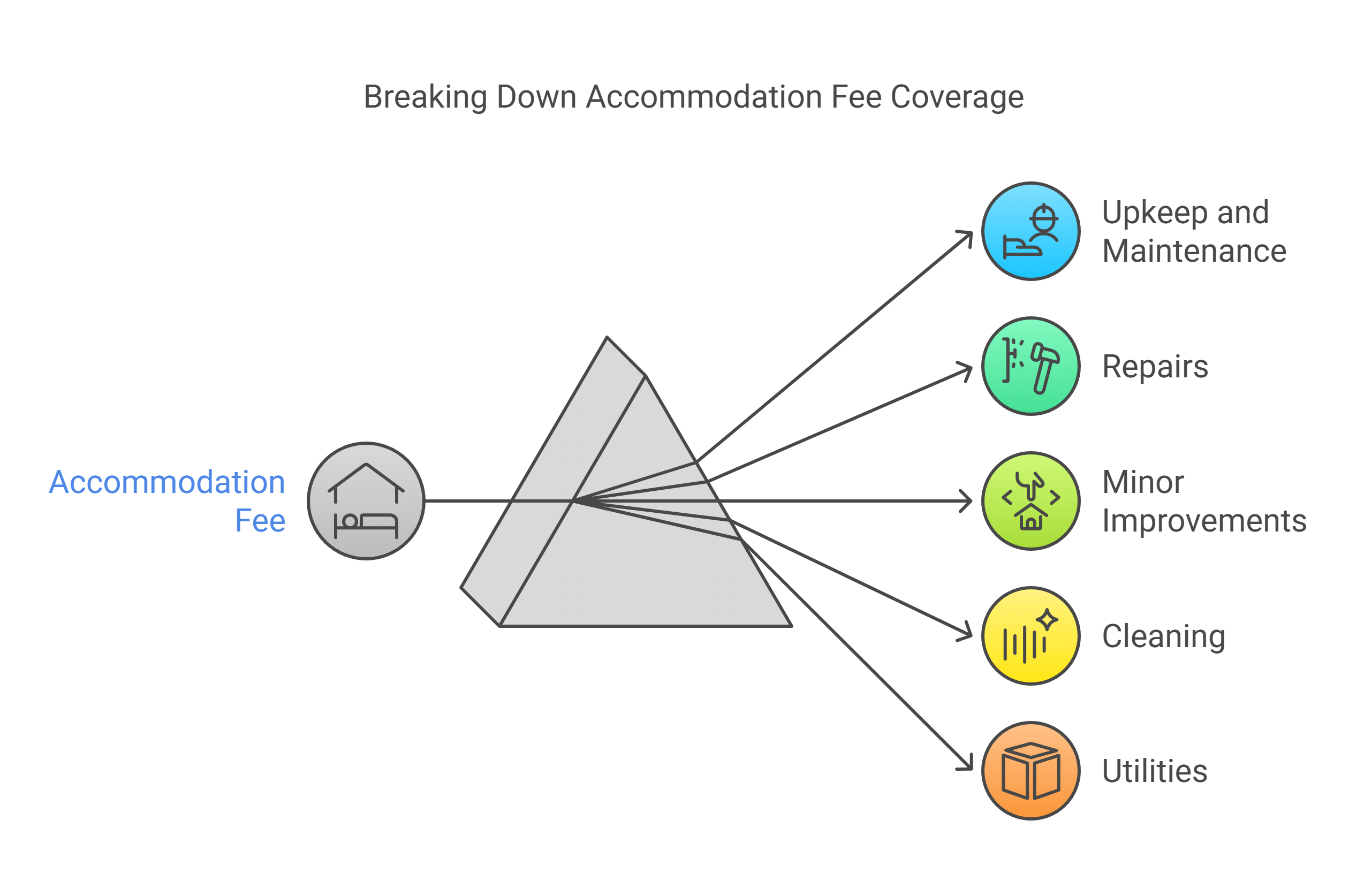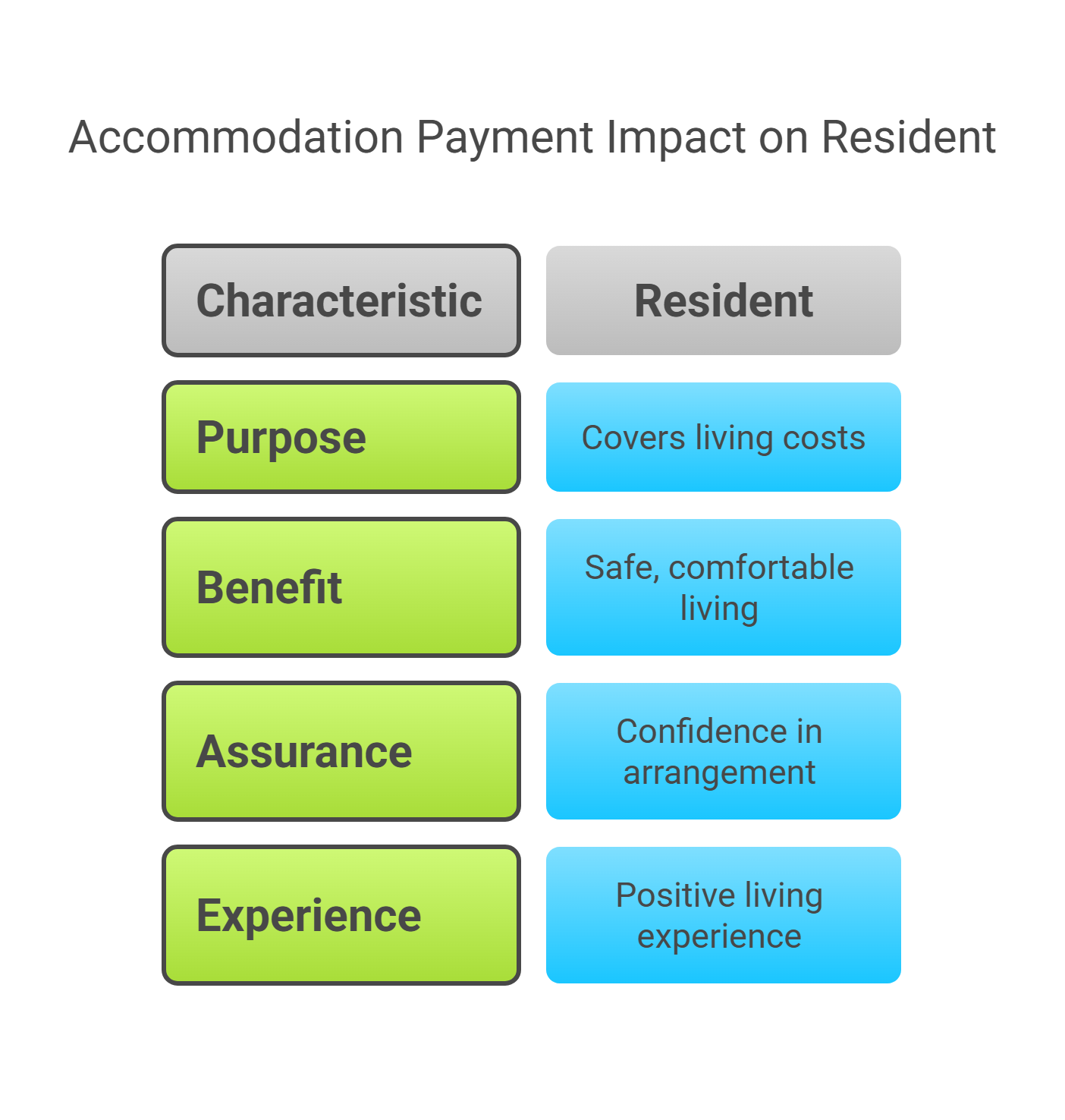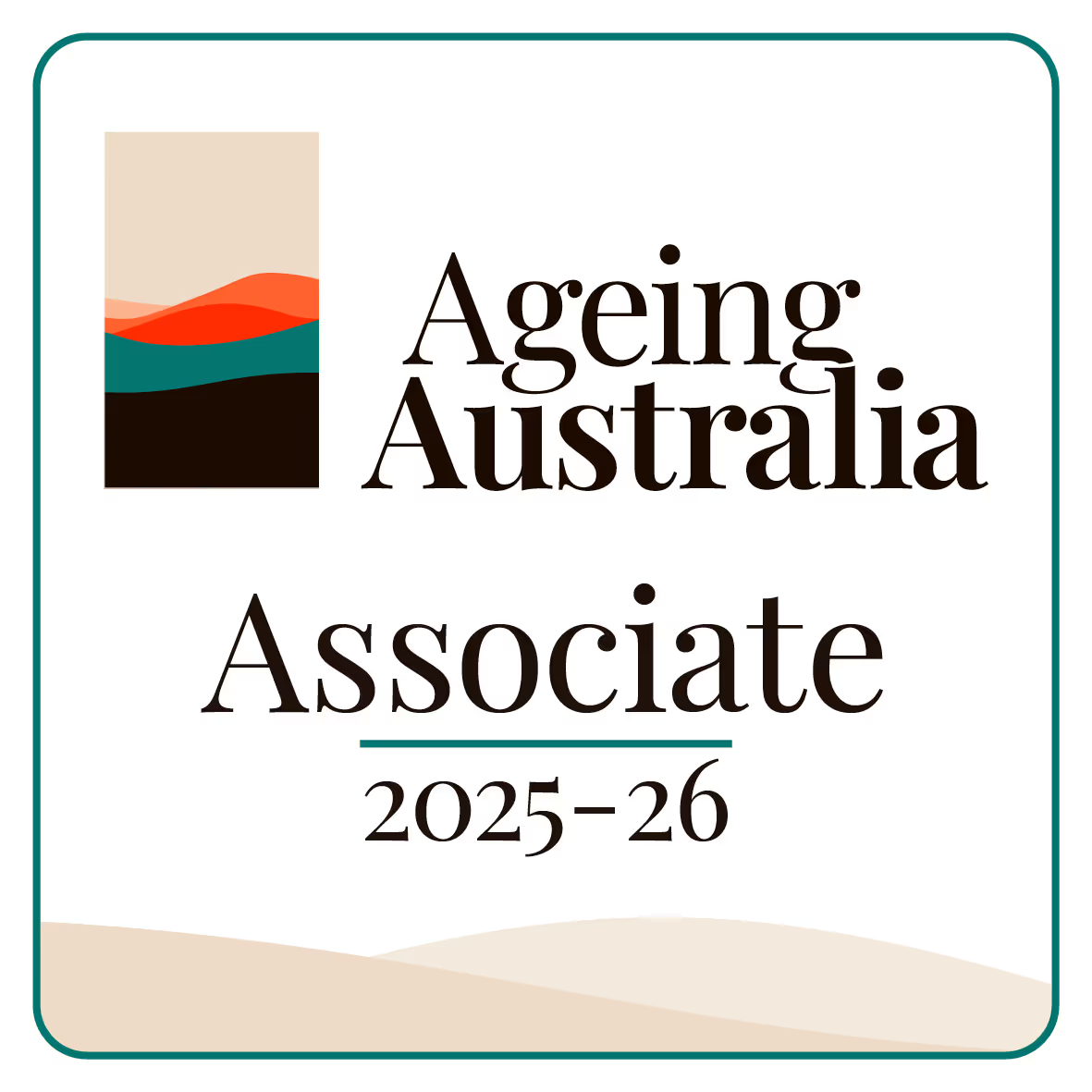What is an Accommodation Payment?

An accommodation payment is a fee that a resident pays for the use of the living space in a residential aged care facility. This fee is separate from other charges for care services or additional support. The payment is part of the overall agreement between the resident and the care provider. The fee covers the cost of the room and the upkeep of the living area. The accommodation payment is clearly stated in the contract that the resident signs when moving into the facility.
How is the Accommodation Payment Determined?
The fee is calculated based on many factors. The size and type of the living space play a major role in the calculation. The condition of the room, the available facilities, and the cost of running the aged care facility also contribute to the determination of the fee. The calculation is explained in simple terms in the resident agreement. Both the resident and the care provider know how the fee is arrived at. The fee is not a one-time cost; it is collected regularly, which might be weekly or monthly. This regular collection helps cover ongoing expenses.
Who is Responsible for the Payment?
The responsibility for paying the accommodation payment rests with the resident. In some cases, family members or other funding sources may contribute to the payment. The fee is usually paid directly from the resident's personal funds or through approved funding channels. The contract provides clear instructions on how and when the fee is to be paid. This clarity helps prevent any misunderstandings between the resident and the care provider.
When is the Accommodation Payment Collected?
The accommodation payment is collected on a regular schedule. This schedule is explained in the resident agreement when the person moves into the aged care facility. The payment could be made on a weekly or monthly basis. Having a regular collection schedule makes it easier for the resident to plan and manage their finances. If any changes are made to the payment schedule, the care provider communicates these changes to the resident in a straightforward manner.
What Does the Accommodation Payment Cover?

The fee covers a variety of costs related to the living space. These costs include the upkeep and maintenance of the room, repairs when necessary, and the cost of minor improvements. The payment may also cover some expenses for cleaning and utilities that are directly related to the resident's living area. The details of what is included in the fee are clearly set out in the contract. This detailed explanation helps the resident understand the benefits that come with the fee.
Record Keeping and Transparency
Both the resident and the care provider maintain detailed records of the accommodation payment. These records include the amount paid, the date of each payment, and a clear statement of what the fee covers. Accurate record keeping is important to avoid any disputes in the future. If there are any changes to the fee or if deductions need to be made because of unpaid services, these changes are clearly documented. The practice of keeping clear records builds trust between the resident and the care provider.
The Impact on the Resident

For the resident, the accommodation payment is a regular expense that helps cover the cost of living in a residential aged care facility. This fee supports a well-maintained living space that is kept safe and comfortable. The clear information about the fee, as provided in the resident agreement, gives the resident confidence in their living arrangement. When the payment system is easy to understand and is managed openly, it contributes to a positive experience for the resident.
The Role of the Payment in the Aged Care System
The accommodation payment plays a significant role in the overall aged care system. It covers the expenses that come with running the facility and maintaining a safe living space for all residents. Both the resident and the care provider benefit from having a system where the financial arrangement is clearly outlined and regularly monitored. This clear system makes it easier to manage the daily operations of the facility and to address any issues quickly.
Final Thoughts
The accommodation payment is a key element of the financial agreement in residential aged care facilities. It covers the cost of the living space and helps to maintain the facility over time. Both the resident and the care provider gain from a system that is transparent and easy to understand. The details are clearly spelled out in the resident agreement, and thorough record keeping is maintained. This careful system of payment contributes to a stable and positive living environment where both parties are aware of their responsibilities.






